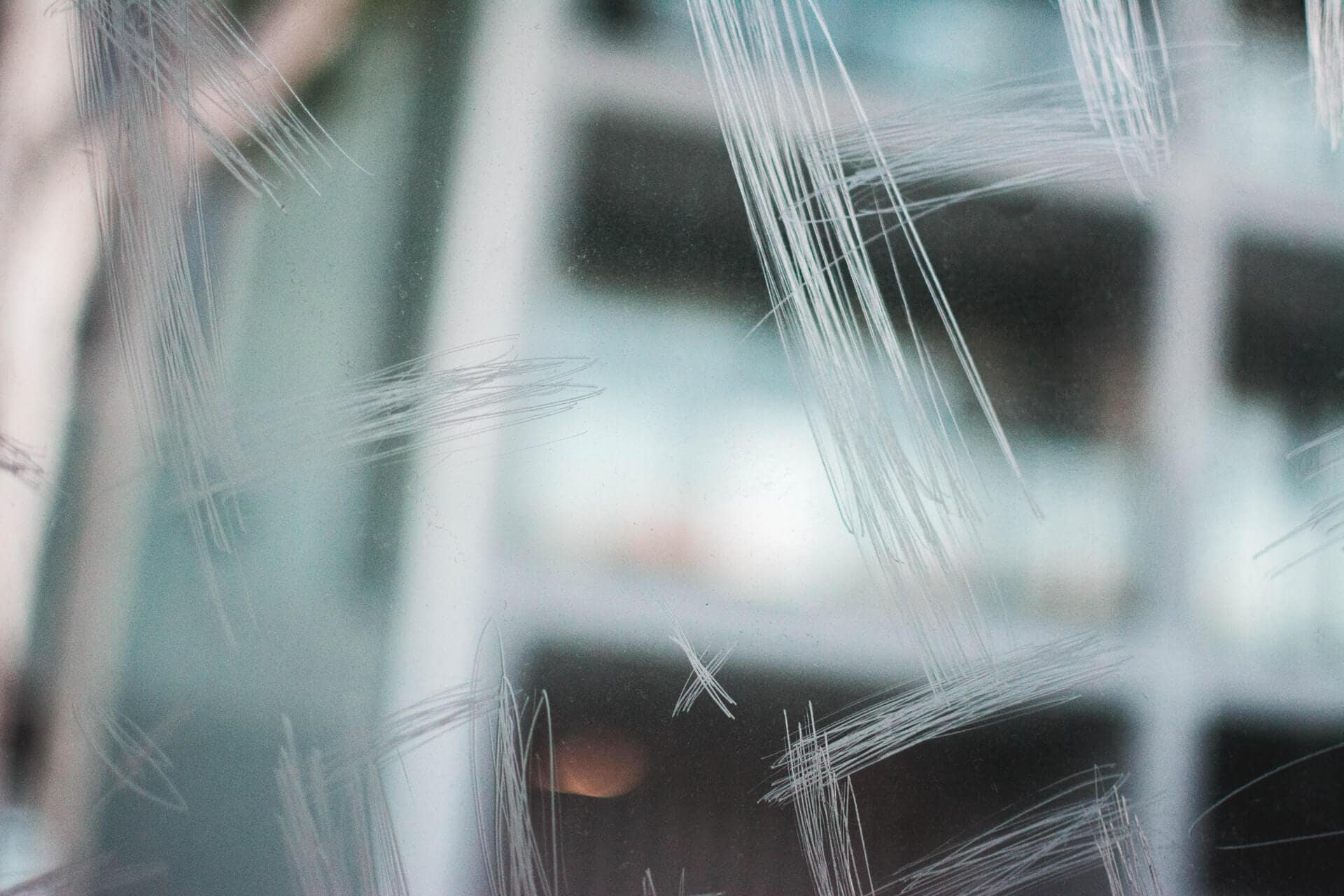A cut to the eye can be one of the most physically painful experiences in an individual’s life. The front surface of the eye, the cornea, is a delicate structure important for transmitting light and protecting the eye.
This structure has many nerves and is very sensitive to all stimuli. People may experience trauma to the cornea via an abrasive injury, such as a scratch from a fingernail, a tree branch, or even a metal foreign object.
In these cases, a visit to the eye doctor is important to ensure a successful recovery.
What Causes a Corneal Abrasion?
As stated above, a corneal abrasion is a cut on the eye which can result from a variety of causes. This could be from a foreign object that enters the eye and disrupts the surface, either from impact or continued eye rubbing.
Metal, dirt, and sand are common examples. Another cause could be from blunt trauma, whether it is a fingernail or bush branch to the eye.
What to Do if You Have a Scratched Cornea
If one of the above scenarios has occurred and the cornea has been injured, here are the immediate steps that can be taken.
First, try to flush out the eye using saline solution, if it is available. It is best to avoid other sources of water, including tap water.
Other sources may contain microbes that can cause the abrasion to become infected, doing more harm than good. Any type of sterile water is best, and you could also use an over the counter antibiotic eye drop until you can get in to see our eye doctor.
Next, try blinking lightly. Your eyelids are designed to keep out debris and protect the eye, so gentle blinking may move the foreign body out of the eye.
However, in some cases, the particle may be trapped under the eyelid, making blinking even more painful and harmful as the particle repeatedly scrapes the cornea. If you feel that it is getting worse with blinks, stop blinking and try to keep the eye closed.
Generating tears is helpful in these situations. Your tears are constantly being replenished onto the surface of the eye and are useful in washing away debris.
Allow the eye to naturally wash away the particle if possible.
Make sure to visit our optometrists to ensure proper healing of the abrasion. Our optometrist will assess the depth and severity of the cut.
If the particle is still in the eye, our optometrist may apply an anesthetic eye drop and subsequently remove the offending item that may be lodged in the eye. This is done with specialized tools while viewing the cut and item under high magnification.
In some cases, a bandage contact lens may then be used to help with discomfort from the injury, and a prophylactic antibiotic eye drop may be prescribed for you to use to decrease the risk of an infection.
What NOT to Do When You Have a Corneal Abrasion
It is important to remember that rubbing your eyes with your hands can easily make the situation worse. In cases when the debris is trapped under the eyelid, rubbing your eyes will cause the particle to further scratch the front surface of the eye.
This can lead to more damage, although it is reversible in most cases. If there is an open wound on the front surface of the eye, touching the eye with non-sanitized fingers may also increase the risk of infection.
Stay away from using water sources other than saline solution. In some situations, such as a chemical eye injury, tap water will be a better option for rinsing than using nothing if saline is unavailable, but saline is ultimately the best option.
If you wear contact lenses, make sure to discontinue contact lens wear. This will encourage healing of the cornea and prevent infection.
As mentioned above, a bandage contact lens can be instilled by the optometrist, but this may differ from the lenses that you wear for vision correction. Only certain lenses are approved by the FDA for safe overnight wear and give an optimal healing environment for the eye injury.





